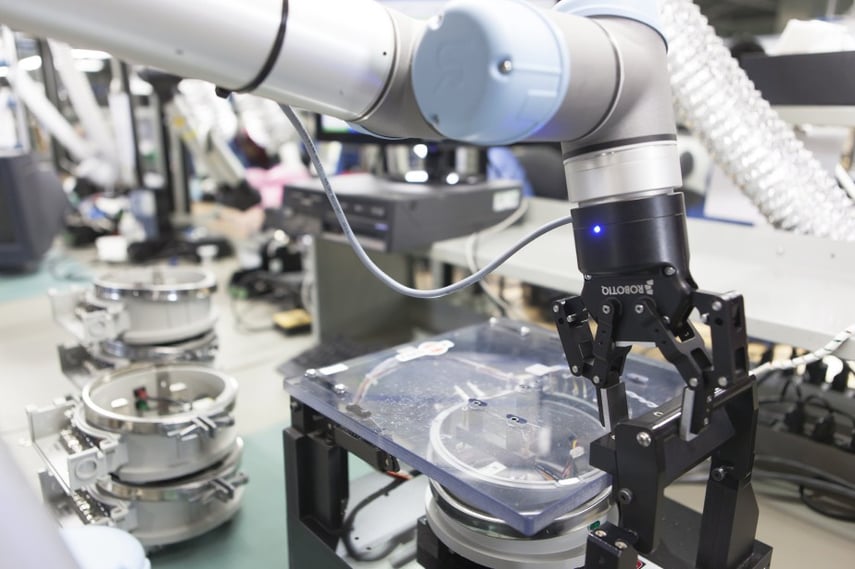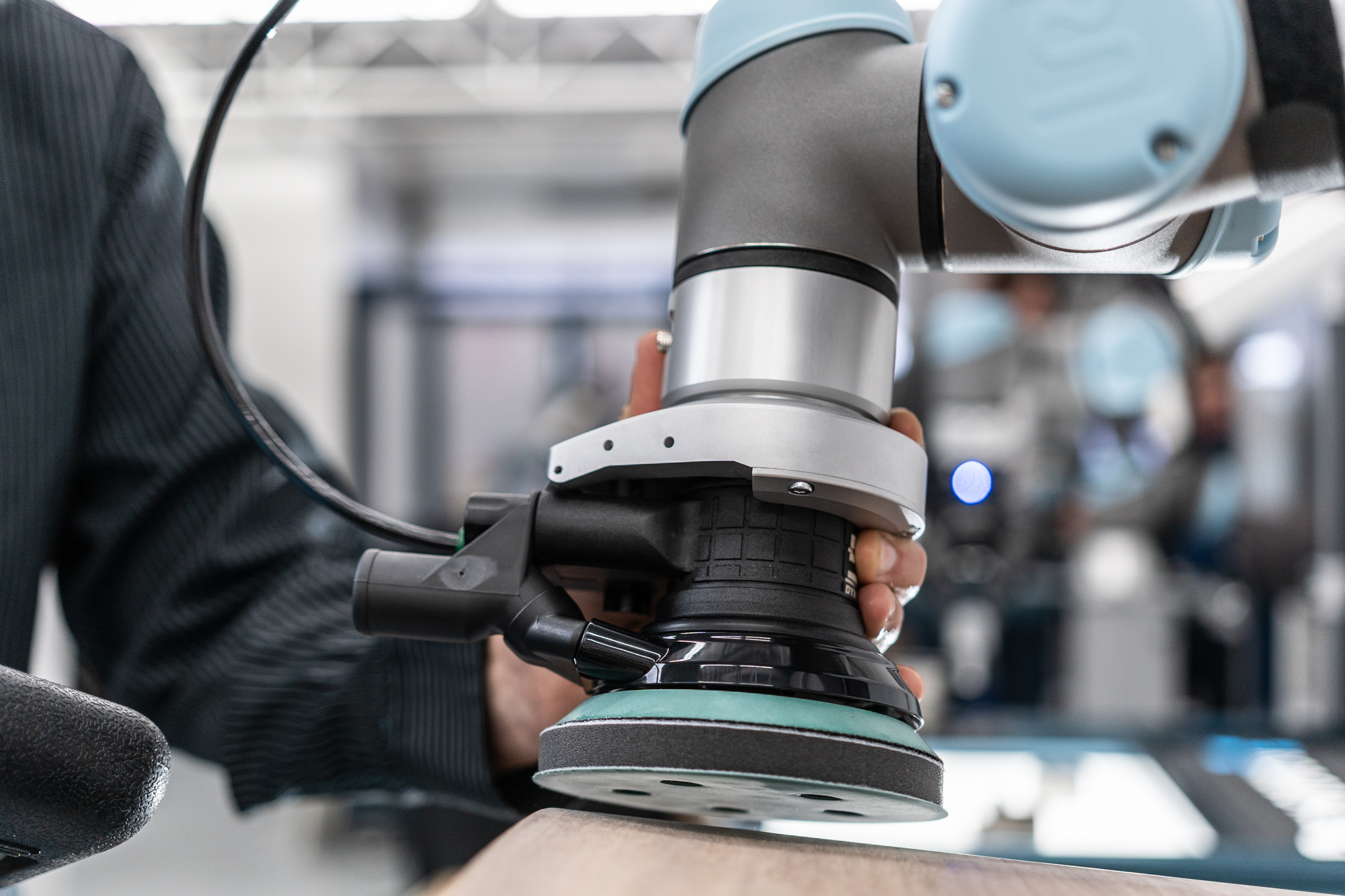Join Us for a Collaborative Robots Webcast Discussion

Posted on May 03, 2016 11:00 AM. 2 min read time
Collaborative robots are the darling of the automation world. Cheaper, smaller and less dangerous than traditional industrial robots, they promise to change the world of manufacturing. Will they? Join us for the webcast discussion on May 5th!

Robotiq's CEO, Samuel Bouchard, will be participating in Robotics Business Review's collaborative robots webcast on May 5th, to discuss collaborative robot technology, applications and impact on humans and business.
"We see a lot of first-time users getting a collaborative robot as their first robot in the factory," explains Bouchard. "Cobots are getting people closer to the do-it-yourself robotic integration. These guys have deep knowledge in manufacturing - they know how to make complex machines work. But often they don't have the programming skills. And that's why they go with collaborative robots since there is very little or no programming required to make the robots work."
While collaborative robots promise a simplified automation setup, in reality the simplicity does not come from a smaller robot. It comes from the plug and play aspect of the full automation cell. "Being able to unpack your robot and gripper, plug it in and make it work, now that's a start," says Bouchard. "Afterwards the challenge comes to programming. It must be easy to program your automation, to tell your robot what to do, where to pick the part and where to drop it, for example."
Of course, with safety fencing disappearing with collaborative robots, there is also a challenge to keep the robot application safe. After all, collaborative robots work alongside humans. "It's not so much the robot working with the human at present, but the robot and the human sharing the same workspace." For example, the robot will be palletizing at the end of the assembly line, and the human will perform a visual inspection just before the robot packages the finished products. It's more coexistence rather than collaboration. It's important to ensure the safety of the people working alongside the robots, and it's a new way to look at the production processes.
Want to hear more? Register for the webcast now!









Leave a comment